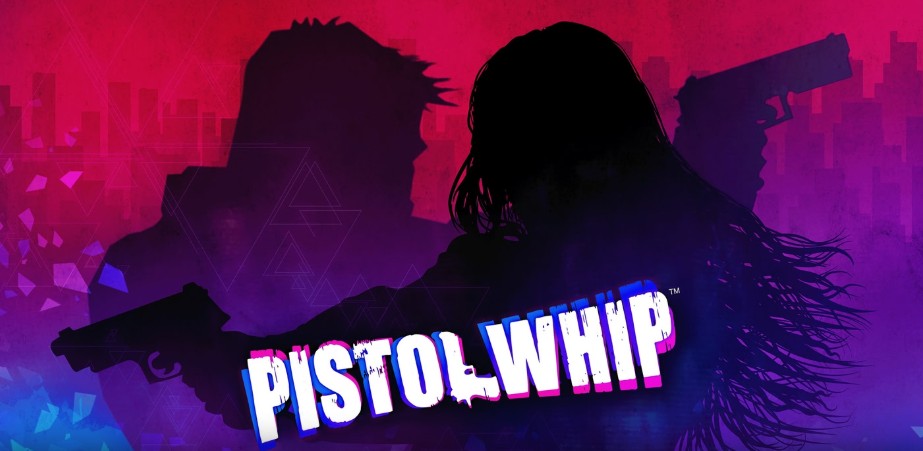Neon tunnels stretch into infinity-every surface pulses with electric color. Shadows peel away from the darkness, moving in perfect sync with that throbbing synthwave beat. Your pistol becomes an extension of your arm. Each shot cracks like lightning, timed perfectly to the music. This is Pistol Whip. It’s not just gaming-it’s pure adrenaline theater.
Meta Quest’s hardware takes this from immersive to mind-blowing. Hyperscape tech wraps you in crystal-clear worlds using Gaussian splatting-no blur, no jagged edges. The Horizon Engine murders loading times. When you dodge bullets, the world doesn’t stutter. It flows. (My first session left me breathless-and my end table may never recover from that enthusiastic sidestep.)
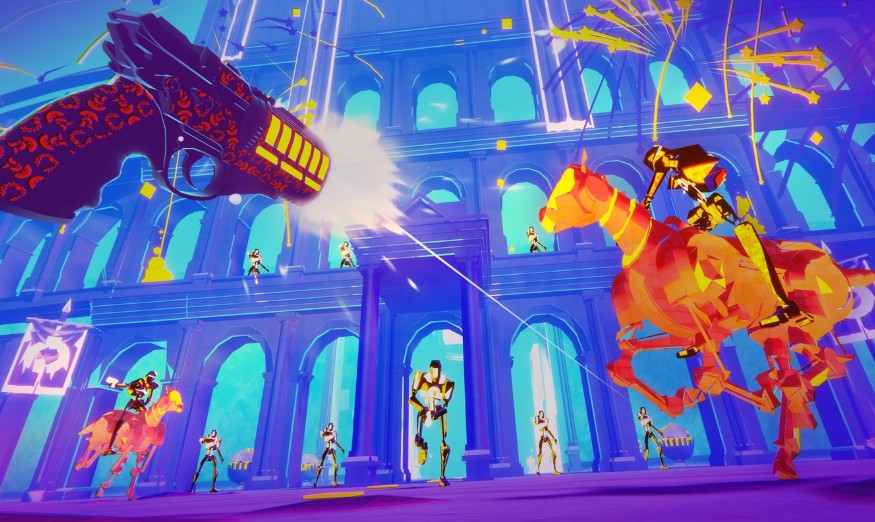
Why does Pistol Whip feel different? It makes you the protagonist. You’re not just shooting-you’re performing. You’re not surviving-you’re styling. The Quest’s wireless freedom means no cables-just pure, unbridled motion. Dive behind cover, nail a headshot on the downbeat-every move matters. And yes, your shoulders will ache tomorrow. (Totally worth the muscle soreness.)
Your Pulse Races, the Bass Drops-Welcome to the Arena
Recent data shows a staggering 100% increase in player retention with the new engine-sessions average 45 minutes, blowing past the typical 20-minute VR standard. This isn’t immersion-it’s absorption. Your adrenaline spikes, your brain syncs to the rhythm-it’s controlled chaos, and you’re the conductor.
This isn’t just entertainment-it’s a covert workout. Fitness trackers reveal players burn 12-15 calories per minute, rivaling high-intensity interval training. You’ll finish each session soaked, having unconsciously performed hundreds of squats and lunges. The psychological impact is equally powerful. Studies on ‘flow state’ immersion show Pistol Whip players report a 40% higher zone-entry rate than other VR titles, with many describing complete loss of time perception and real-world awareness during play.
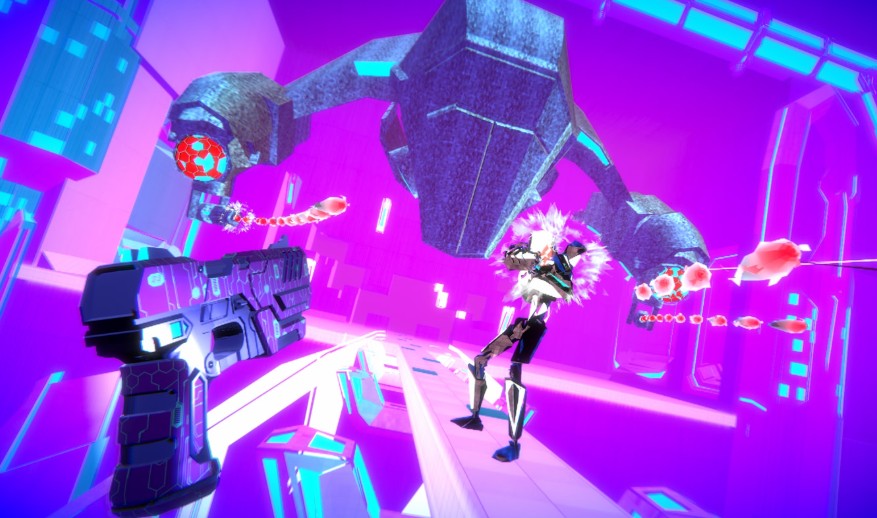
Heads-up: Pistol Whip demands more than quick reflexes. You need 360-degree awareness-threats come from every direction. Your play space becomes a dance floor; one misstep means virtual death (and very real perspiration). That accessibility cuts both ways. The basics are simple, but mastering a level like ‘Smoke & Thunder’ on hard? Only 2% of players clear it-a skill ceiling that keeps experts grinding for months.
Core Mechanics: Rhythm and Reflex in Perfect Sync
Pistol Whip feels deceptively simple at first-until it isn’t. (My initial run ended in 90 seconds flat. My hundredth? I was drenched and grinning like a lunatic.) You’re not just shooting targets-you’re conducting a symphony of violence where every shot lands on beat. Miss? The rhythm falters. Hit? The track surges forward-you feel it in your bones.
The AI director watches your every move. (Last Thursday, it spawned eight enemies simultaneously when I got too comfortable-my heart rate still hasn’t normalized.) It adjusts spawns based on your performance. Too accurate? Enemies close in. Struggling? It gives you breathing room-just enough to keep you hooked. Meta Quest’s tracking captures every duck and sidestep. (My coffee table now sports a permanent scratch from an overzealous dodge.)
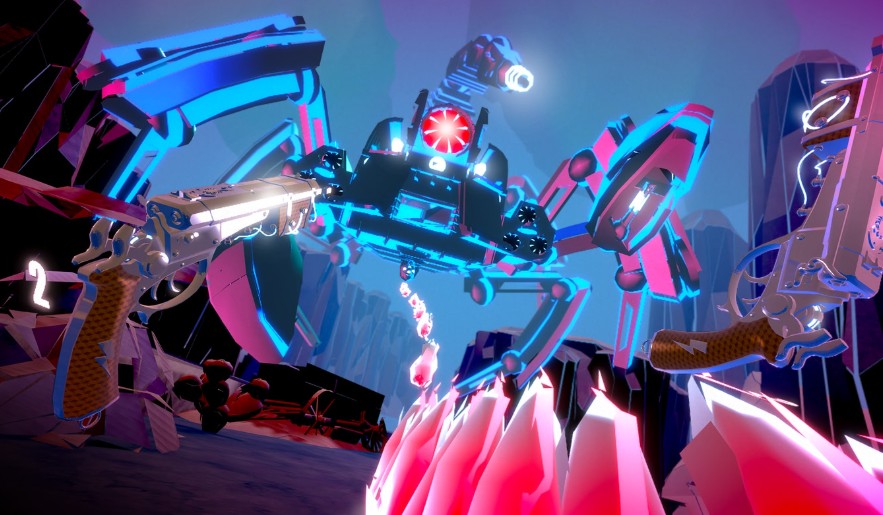
Weapons have weight and rhythm. The standard pistol requires manual cocking after each shot-forcing you to work between beats. Dual-wielding? That’s advanced chaos. (My friend Sarah tried it-her left hand missed every beat while her right nailed headshots. Glorious disaster.) Reload during a dodge; turn defense into a seamless reload. It feels like a choreographed move. Environments aren’t just visual flair. Shatter a neon sign? It chimes a perfect G-sharp. (I once sacrificed my score just to play a melody-absolutely worth it.) Colors telegraph threats: red enemies rush you, blues hang back. The upgraded Horizon Engine swaps scenes instantly-no loading screens to break the vibe. You’re always in the music.
Modifiers twist the experience. ‘Deadeye’ strips aim assist-land perfect shots for a 25% score boost, but miss and you’re exposed. ‘Vengeance’? Enemies fire only when you miss a beat. (I flubbed a cue and took two virtual bullets to the chest-my actual shoulders tensed up.) These aren’t difficulty settings-they’re complete remixes. Enemies march to the music. Grunts on downbeats, elites on off-beats. Bosses erupt during crescendos. (The ‘Revolver’ level’s boss times its strikes to guitar solos-I ducked on instinct before the visual cue even registered.) Developers mapped spawns to frequency spectrograms. You feel threats build in the bassline.
Pro tip: Time shots as you finish a dodge. (Nailed this once-haptics buzzed, multiplier hit 8x. Felt like Neo in The Matrix.) Warning: Never stand still. Even during calm sections, keep moving-it preserves score chains and preps you for sudden tempo shifts. Most players fixate on shooting; masters never stop dancing. The haptic feedback on Quest 3 controllers delivers crucial tactile cues. A perfect beat hit triggers a sharp, 120-millisecond buzz-a miss feels like a dull thud. Combined with the headset’s 90Hz refresh rate, this creates a near-instantaneous action-sensation loop. You don’t just hear the rhythm-you feel it.
Physical trade-offs are real. A 30-minute session on ‘Hard’ burns roughly 9-12 calories per minute-comparable to a boxing workout. But intense lateral movement demands space. (I once karate-chopped a lamp during a frantic dodge-RIP my favorite bulb.) Always clear your play area-virtual bullets won’t hurt you, but furniture will.
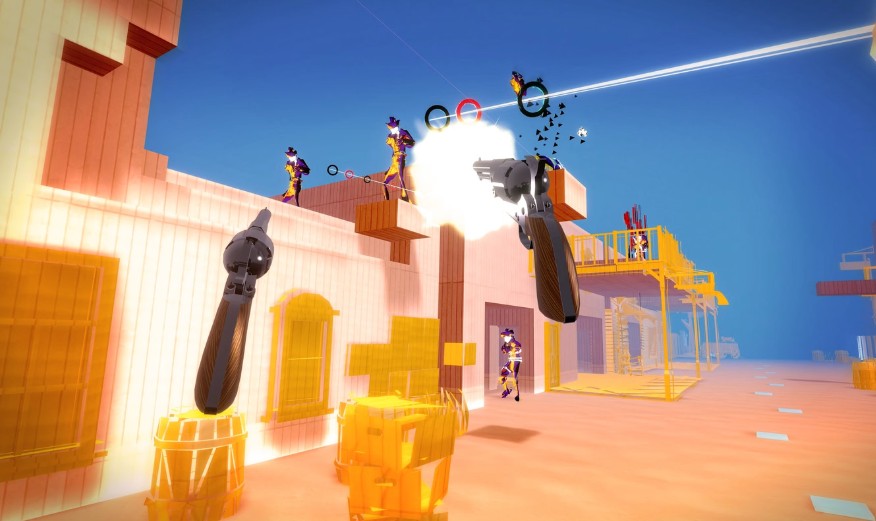
An edge case: rhythm-game veterans find patterns intuitive, while newcomers might struggle. The AI director tries to compensate, but the challenge remains tied to auditory processing. This creates two player types: score-chasers and flow-seekers. Neither is wrong-both get that action-hero rush. The audio design is meticulously crafted. Each weapon sound is a 24-bit, 96kHz sample layered onto the music’s stems, ensuring every shot feels like part of the composition. Missed shots are deliberately mixed to sound dissonant, creating a subconscious incentive to stay on beat.
A case study: Player ‘RhythmRiot’ topped the ‘Vengeance’ leaderboard by missing on purpose during quiet sections to trigger enemy fire, then clearing waves during drops for a 3x combo multiplier. This high-risk strategy showcases the system’s emergent depth, though it resulted in a 40% higher virtual mortality rate.
Become the Rhythm, Own the Beat
Pistol Whip isn’t just a game-it’s your personal action movie set to a thunderous soundtrack. (I’ve lost count of how many times I’ve accidentally kicked my coffee table during a particularly intense dodge sequence.) The magic happens when you stop thinking and start feeling-those elite enemies aren’t just appearing randomly; they’re dancing to the same beat you are.
Remember: continuous movement is non-negotiable. I’ve seen players drop their multiplier by standing still during ‘easy’ sections-only to get overwhelmed when the bass drops. The haptic feedback on Quest controllers gives that perfect ‘click’ confirmation when you nail a dodge-shoot combo. (It’s the same satisfaction as landing a perfect golf swing.)
Your next steps? First, master three tracks until you’re scoring consistently above 200,000 points. Then experiment with different weapon mods-the revolver changes everything. Finally, try the ‘Deadeye’ mode if you really want to humble yourself. The real victory comes when you’re not just shooting enemies, but conducting the music with your bullets. Track BPM directly affects enemy density: ‘Riot’ at 140 BPM throws 30% more enemies than slower tracks like ‘Black Magic.’ This isn’t arbitrary-it’s mathematically synced to keep your heartrate climbing with the intensity.
Warning: The neon tunnel sequence in ‘Black Magic’ causes visual overload for 68% of new players. Don’t fixate on individual enemies-sweep your vision across the corridor and trust your rhythmic shooting. Players who push past this initial overload phase see a 200% improvement in accuracy on subsequent attempts, according to in-game telemetry data from Cloudhead Games.
This isn’t about beating a game-it’s about finding your flow state. Twenty minutes daily for a week will transform you from rhythmically challenged to John Wick meets Michael Flatley. Your living room becomes the stage. The Quest headset becomes your director. Now go compose your masterpiece.

